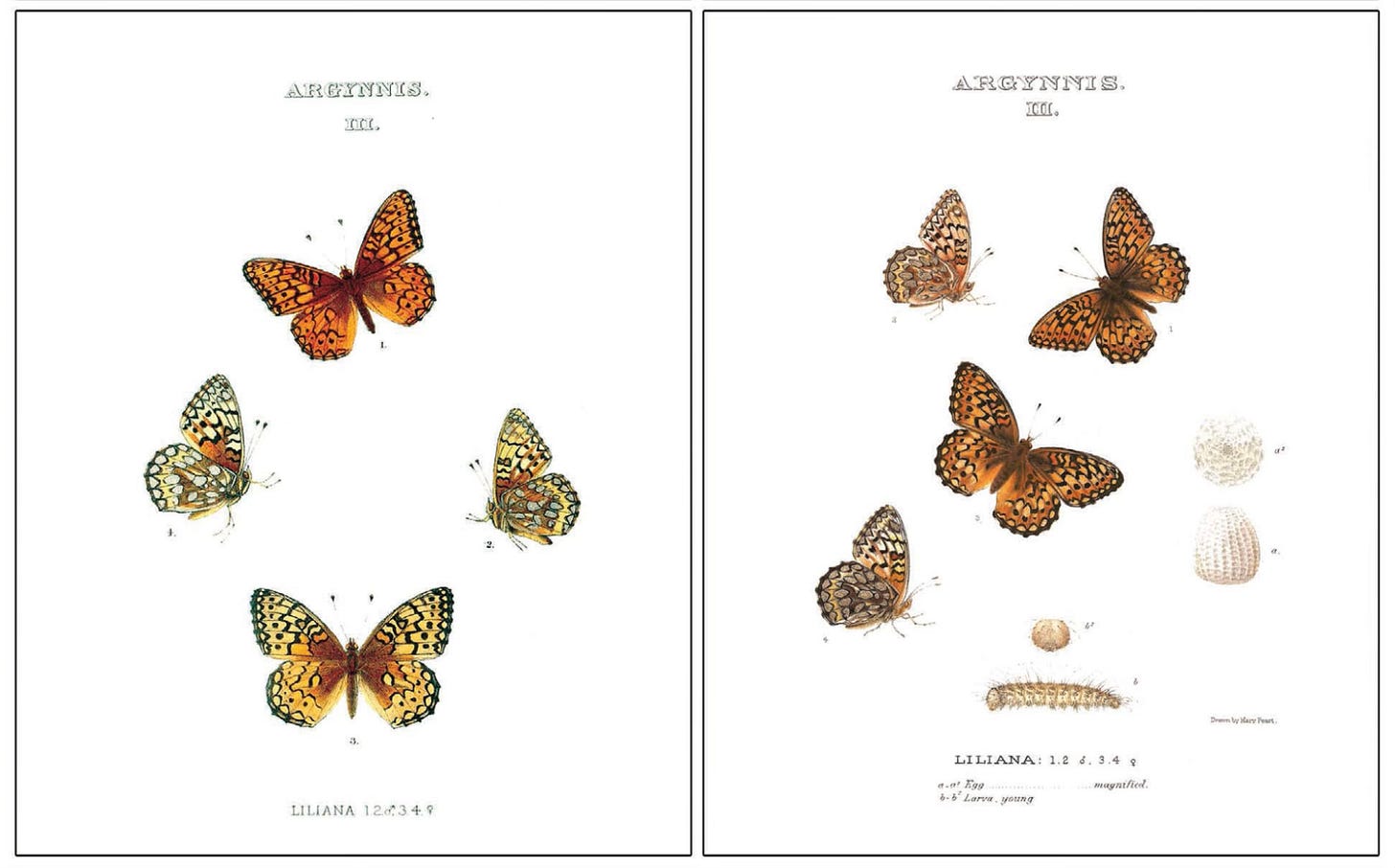
Hello from January, Part 2—chock full of ideas (and maybe new freckles) from a weekend spent hiking and reading in Marin.
Here are five fragments that stuck with me…
After we launched interactive Audio Overviews, which let you “call in” and ask the AI hosts a live question, we had to do some “friendliness tuning” because the hosts seemed annoyed at being interrupted.
File this away in “things I never thought would be my job, but are.”
– @NotebookLM account on X, January 13, 2025. I quite enjoyed the replies on this one—“Nooo, that really gave them character,” “it’s far better that they get annoyed, please don’t spoil this.” LLM personality, particularly the dimension of agreeableness, is a recurring theme around here.
There are names for things like yoga poses. You know, we have downward dog and warrior one and so on. And there’s names for ballet poses. And we have names for all kinds of sports actions that we do. But most of what humans do in day to day life has no name. And it’s because, in the language of today, humans are a generative model of human motion.
– Michael Black, cofounder of Meshcapade, on the DEEP podcast, January 15, 2025. I’ve loved seeing Michael develop this elegant line of thought up close.
I strongly believe that great writing usually only comes only after getting a lot of garbage writing out of your system; in other words, volume is a huge factor in success (in most things, not only writing).
– Carmen Gutierrez, “Progress Report #1,” January 10, 2025. Is this a Carmen fanzine or an Active Matrix fanzine now? Strong agree to this strong belief, and also touched to show up in Carmen’s RSS feeds.
It’s also ideal for space travel, as NASA discovered when it sent Futura—and the first man—to the moon in 1969. The typeface was engraved onto the stainless steel plaque that was attached to the lunar module, and rumor has it that it was selected for the interstellar mission because of Stanley Kubrick’s affinity for it. He had used it with 2001 A Space Odyssey, which was released one year prior.
– Meg Miller, “Happy 90th Birthday to Futura, the Modernist Typeface That is Literally Everywhere,” AIGA Eye on Design, October 3, 2017. I stayed in a neighborhood full of Futura-esque house numbers this weekend and so went looking for lore. The Wikipedia article on Futura is quite good, too. This story may be apocryphal (in fact, a comment on this Kottke post suggests that the typeface NASA used wasn’t actually Futura at all), but I always love examples that even hint at the possibility of reality imitating art.
Throughout most of the nineteenth century, naturalists typically learned to draw or paint and, therefore, possibly to see and appreciate better the living beauty around them. We can trace this fruitful relationship to an abiding alliance between art and science, with roots in the late medieval period (if not earlier), when it was commonly held that the ability to pursue art or science depended on the same observational skills and perceptions, the same pair of eyes.
– William R. Leach, Butterfly People: An American Encounter With the Beauty of the World, January 28, 2014. I’ve long been casually curious about butterflies and recently decided to get less casual. What I tried this time is something I’ll certainly try again: I asked ChatGPT for a semester-long interdisciplinary syllabus on butterflies, then prompted again for a longer reading list according to one of the week’s themes, and this book surfaced. Related: if you’ve ever taught yourself to draw in earnest, I want to hear about it!
Until next time,
Diana
https://dianaberlin.com


